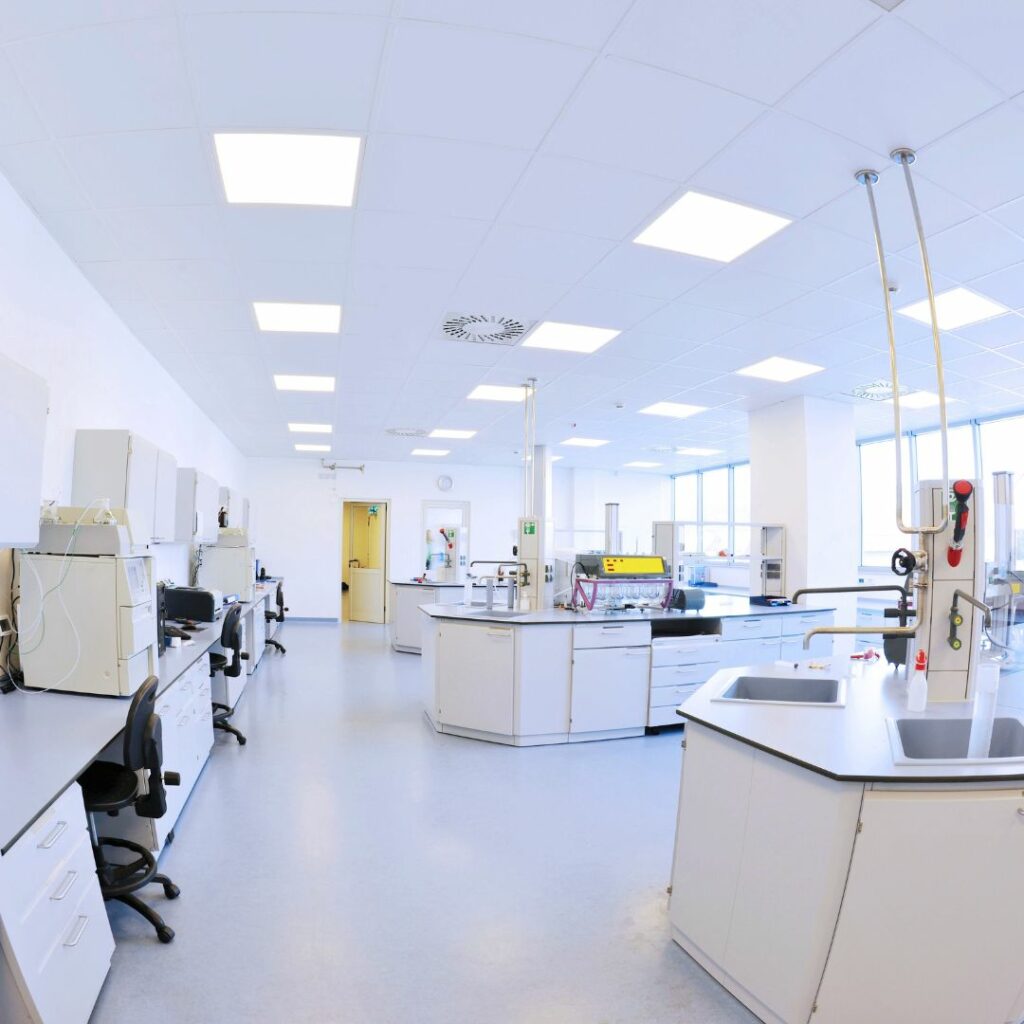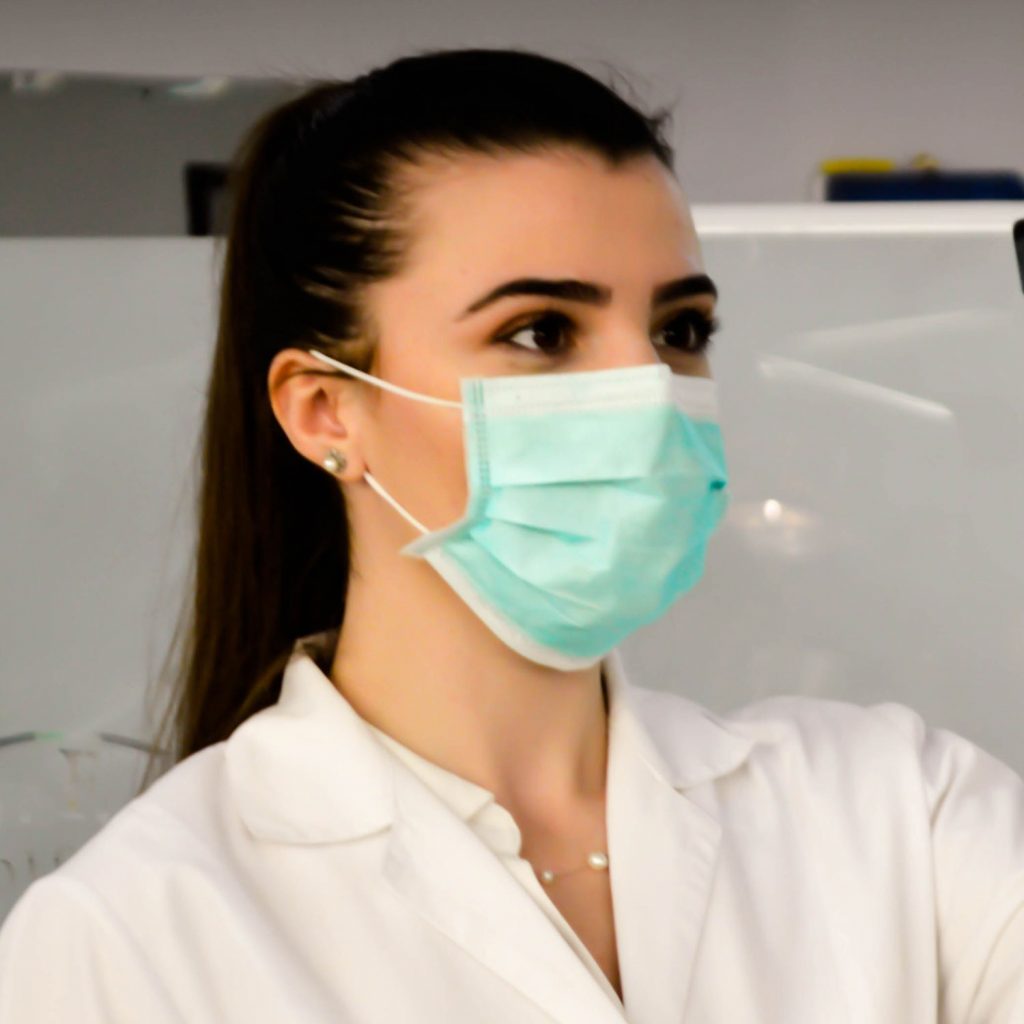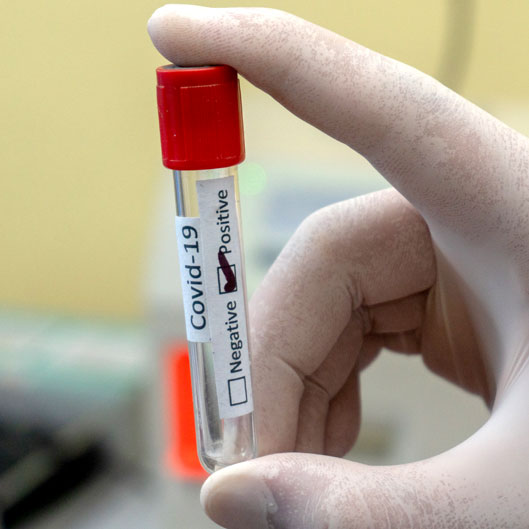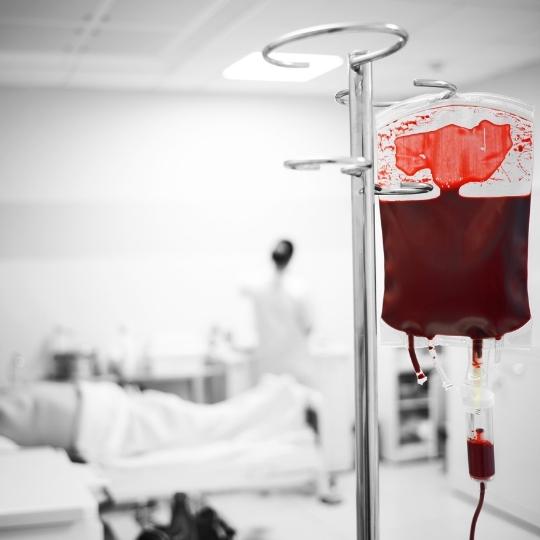Why Erythropoietin Matters
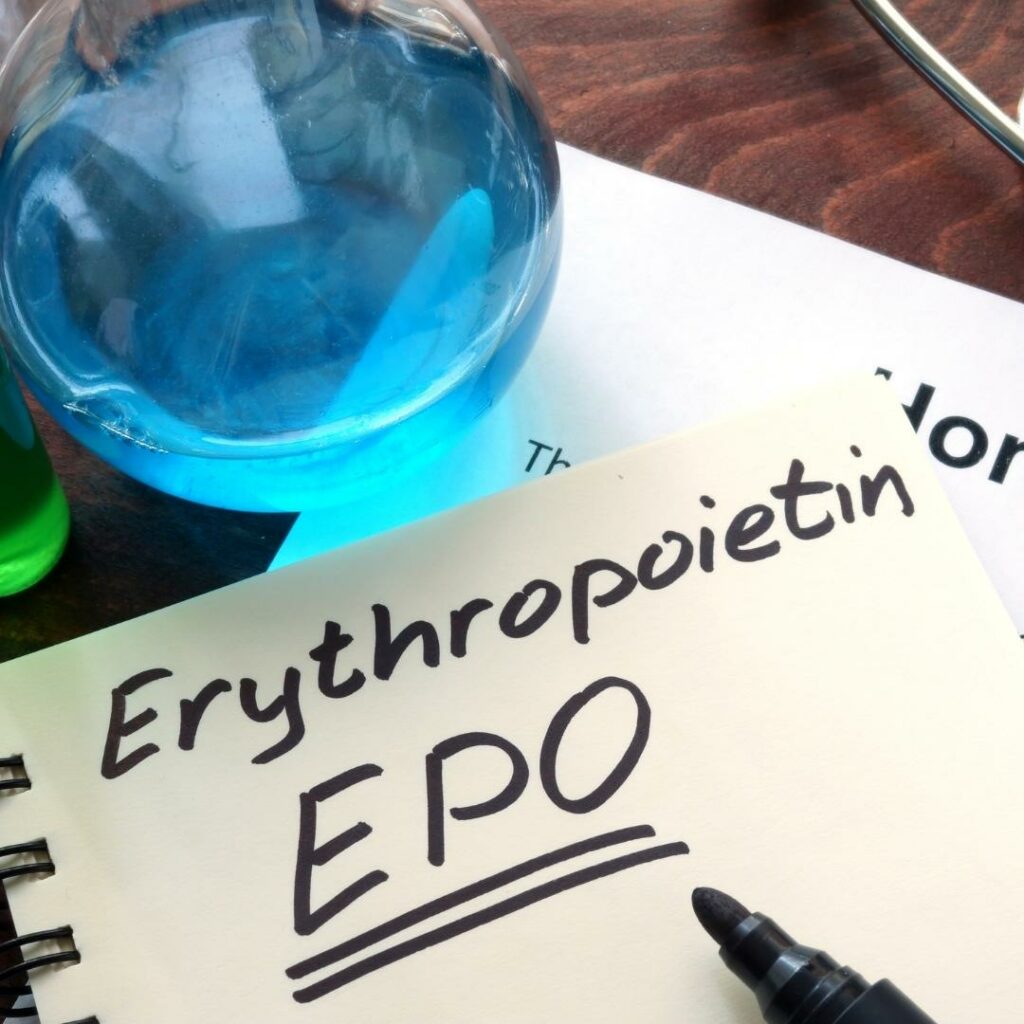
Red cells were one of the first things to be recognised and studied when the microscope was first developed. These cells have a key role in delivering oxygen from the lungs to tissues for use in oxidative metabolism. A reduction in red cells is known as anaemia, whilst an increase is called erythrocytosis. A vital player in red cell production is erythropoietin.
What is erythropoietin?
Erythropoietin (EPO) is a glycoprotein hormone synthesised predominately by the peritubular cells of the kidneys. EPO is also produced by extra-renal sources, including hepatocytes, marrow macrophages and stromal cells. It is produced in response to low oxygen levels or hypoxia. It has the following actions on the red cell production or erythropoiesis
- Stimulates immature erythroid cells to divide and mature
- Increases rate of mRNA and protein (haemoglobin) synthesis
- Decreases normoblast maturation time
- Increases rate of enucleation (extrusion of the nucleus)
- Stimulates the early release of bone marrow reticulocytes (shift reticulocytes)
What causes erythropoietin levels to vary?
There are a number of physiological and pathological states that can cause EPO levels to vary.
1. The newborn
EPO levels are high in the feral state due to the hypoxia environment and high oxygen affinity of the main feral haemoglobin, haemoglobin F. As a result, red cells are found at high concentrations at birth. The haemoglobin then gradually falls until the age of two to three months of age as a result of significantly reduced EPO levels compared to fetal levels. This is often referred to as ‘physiological anaemia of the newborn’.
2. Males
After puberty, testosterone levels increase in males in comparison to female levels. Testosterone stimulates EPO production leading to higher red cell concentrations in males. This difference in haemoglobin between males and females is made wider by iron deficiency in women due to monthly blood loss from menses.
3. High altitudes
Reduced atmospheric oxygen pressure observed at high altitudes causes increased EPO levels. This results in an increase in red cell production to counter environmental hypoxia and provide adequate tissue oxygenation.
4. Renal disease
Patients with compromised renal function have reduced EPO levels proportional to the level of renal impairment. This contributes to anaemia that may be responsive to EPO supplementation.
5. Polycythaemia Vera
Polycythaemia Vera is characterised by uncontrolled erythropoiesis, with the vast majority of cases caused by mutations in the JAK2 V167F gene. EPO levels are appropriate let normal to low despite the significant increase in red cell concentration.
6. Tumours
Malignant and benign tumours that secrete EPO have been observed in patients with renal carcinomas, cerebellar hemangioblastomas, adrenal carcinomas, adrenal adenomas, hepatomas, and uterine leiomyomas.
7. Exogenous factors
Use of recombinant EPO, blood doping and testosterone use can all lead to raised EPO levels. These are usually used illegally in certain sports such as cycling and bodybuilding.
References
https://www.medscape.com/answers/205039-76108/when-causes-inappropriate-stimulation-of-epo-production-in-secondary-polycythemia
B McKenzie, S. (2015). Clinical laboratory hematology. Lynne Williams

Author
Dr Ali MahdiBlood Academy

Want to learn more about haematology?
See our available courses! Our exclusive courses make learning easy.
Accredited by the Royal College of Pathologists (UK).

